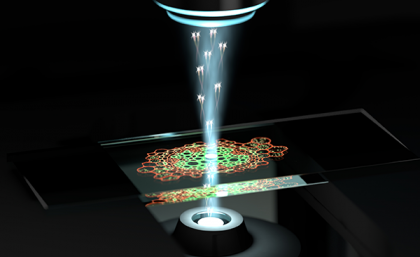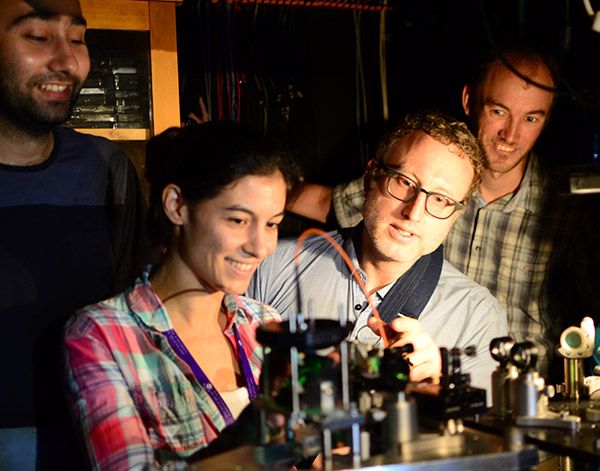
Microscopes comes with some natural limitations. One of these is that photons shows a bit of randomness, leading to noise in the images produced.
Today’s microscopes are using laser beams to fix this, with an enormous intensity to make sure there’s enough of photons on the subject of study. But the powerful beam usually destroys the molecule or cell that’s being studied after a while, and this is a roadblock in the science of studying tiny things.
But now a breakthrough has been made by scientists at the University of Queensland, and the University of Rostock in Germany. Instead of using a very high intensity beam of light they used quantum entangled photons. This is not the first experiment with entangled photons in a microscope, but the scientists managed to create a microscope that shows 30 percent better results than any other modern microscope.

The entaglement reduces noise
They used the technology behind RSMs (Raman Scattering Microscopes), and improved it by making the light quantum. A RSMs is a microscope that works by shedding light on the studied object that, in turn emits photons of a lower frequency. The difference in frequency between the emitted photons gives information about what molecule it is.
The key behind the success of the new microscope was NOT to use low-intensity light, which is typically used when trying to utilize quantum entanglement because of the delicateness of that state—but instead using what’s called squeezed light.
The entanglement itself reduces noise because it gives you exact information about when the other particle is going to arrive at the studied object. Entanglement is a property of particles that means that they somehow send information to eachother when they are being measured and at what dimensions, faster than the speed of light. And they adjust to one another.
“This opens the door for some wide-ranging technological revolutions.” says proffessor Warwick Bowen, one of the scientists behind the discovery.




